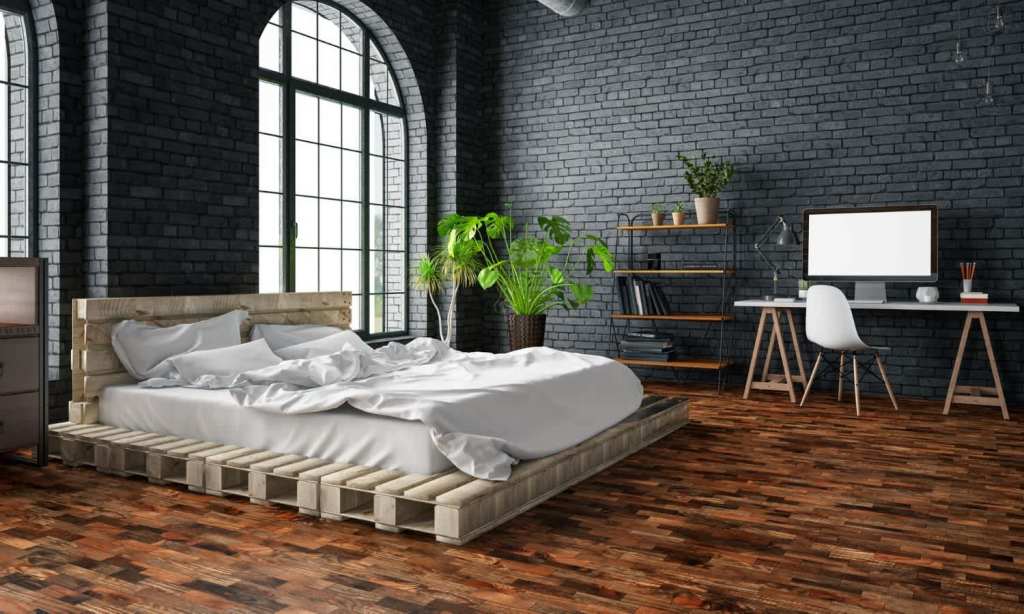Sleep hygiene refers to the healthy habits you have in place in order to achieve quality sleep. Your sleep hygiene might include avoiding caffeine after a certain time, abstaining from using technology in bed and investing in curtains or shutters that block light from your bedroom.
Another form of sleep hygiene is the colour of your bedroom walls, which can actually help or hinder your sleep due to the psychological effect of the colour. According to Healthline, some colours can stimulate your mind (and thus, keep you awake), while others induce relaxation.
Colours that can encourage sleep
Blue is the best colour for your bedroom walls, says Healthline, thanks to the calming effects the colour has on your brain. A study from 2018 analysed student responses to wall colours of university residence halls.
Of the six different colours used (blue, green, violet, orange, yellow and red) across six separate buildings, blue was found to be the most relaxing. “We found an association between a blue colour preference and the ‘calm’ rating in the mood scale,” the researchers wrote. “These results can be explained considering that the colour blue is often associated with openness, peace, and tranquillity”.
Coming up behind blue is green and yellow. Green is reminiscent of nature, which can induce a feeling of relaxation so is a good choice for bedroom wall colours. Yellow, on the other hand, is thought to be helpful when it comes to waking up, which according to Healthline, is probably down to its happy connotations. Stick with light shades of all three colours as these are less likely to distract you from sleep.
If you’re a fan of more neutral colours, beige, soft white and silver are also helpful for sleep as these colours create a peaceful atmosphere conducive to catching quality zzz’s.
Colours to avoid in the bedroom
When it comes to painting your bedroom walls, steer clear of anything too bright and bold like red or orange. Research from 2014 suggests that the colour red can actually increase your fight-or-flight instinct, which makes you more alert and is certainly not great for sleep.
Bright pinks and purples are also considered too stimulating for sleep and Healthline also recommends staying away from dark greys or browns as they can increase feelings of uncertainty. If you are set on using any of these colours in your bedroom, try opting for a muted version so the brightness isn’t overwhelming for your brain when its nighttime.
One more thing to watch out for is the type of paint you use on the walls. Glossy finish paint can reflect light and according to Healthline, stimulate your brain, so best to go for a matte style paint for the bedroom walls.
Read more stories from TheLatch— and follow us on Facebook.

